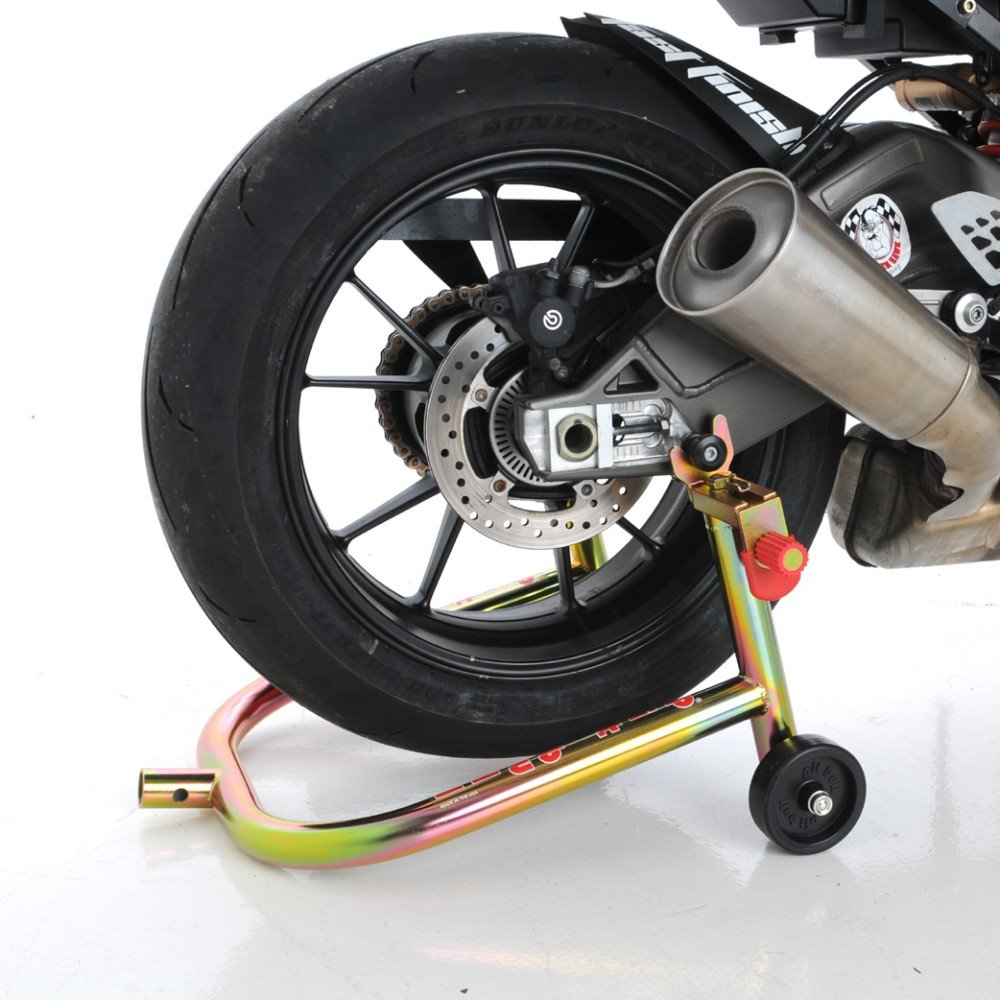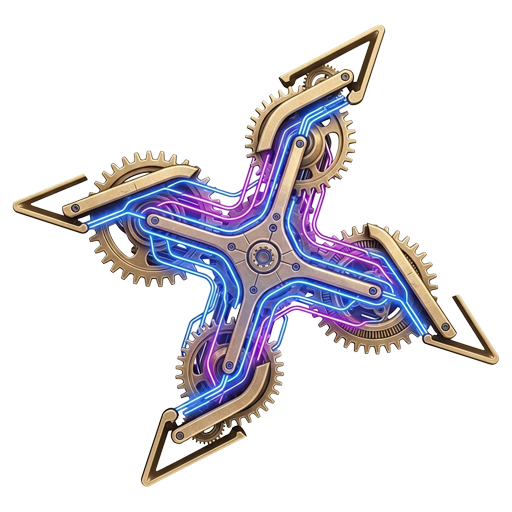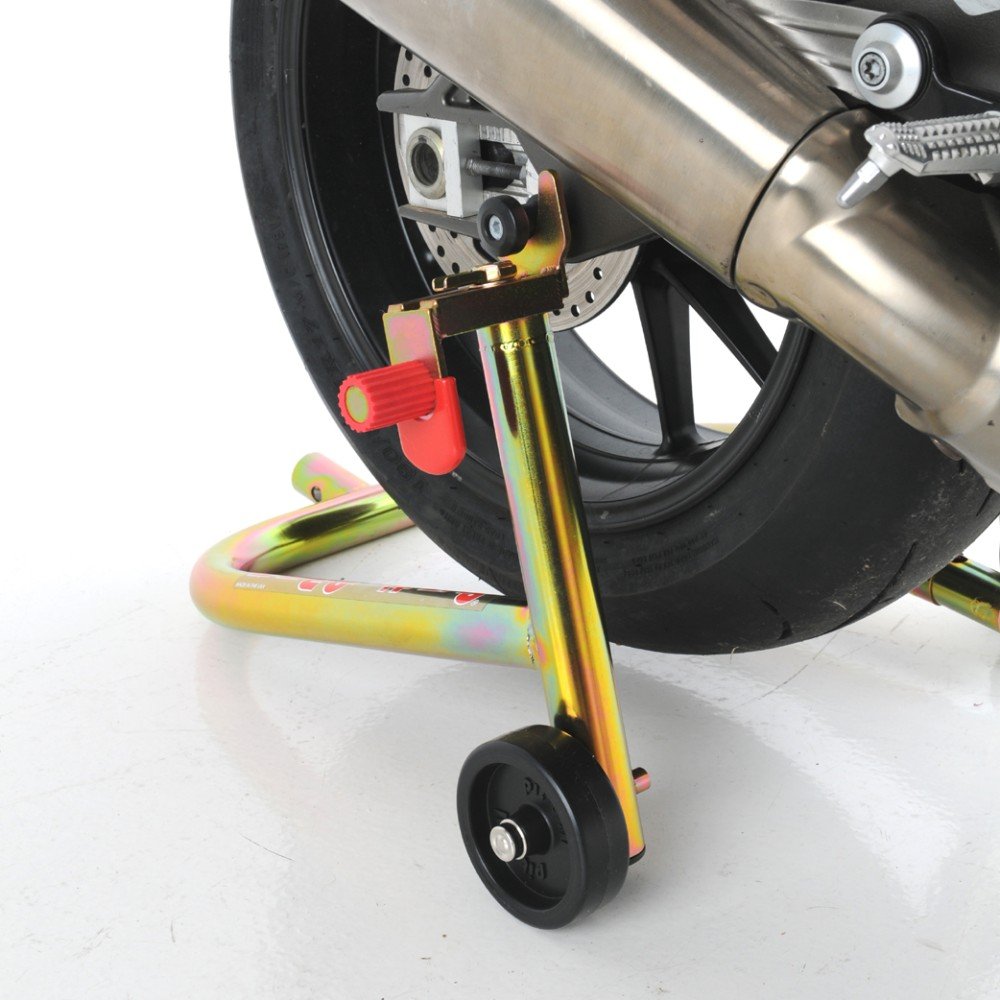In the world of purpose-built tools, there exist objects of such fundamental utility that they become extensions of the user’s own capability. They are not merely accessories; they are foundational equipment. The garage, that modern builder’s sanctuary, is defined by such tools. It is here we encounter the Pit Bull SS Rear Motorcycle Stand—a piece of hardware engineered not for glamour, but for the unwavering execution of a single, critical task: to securely elevate a motorcycle, providing the stable platform required for maintenance, repair, and storage.
This is not a tool of fleeting trends. It is a testament to the power of robust design and overbuilt construction, a physical anchor in a sea of disposable gear. Our analysis of the SS Rear Stand is an examination of first principles, a look beyond the simple mechanics and into the engineering philosophy that defines a best-in-class product.
Deconstruction and Design: The Anatomy of Stability
The Pit Bull SS Rear Stand presents itself with an unapologetic industrial aesthetic. Its signature gold and red powder-coated finish is not for show; it is a durable shield against the chemical agents and inevitable impacts of a workshop environment. The true story, however, is told in the steel tubing and the clean, precise welds that form its structure. This is not lightweight, corner-cutting manufacturing. The stand’s considerable heft is its first promise of stability—a promise that is fulfilled the moment it is placed under load.
Its core design is an exercise in intelligent versatility. Pit Bull has engineered a modular system, and the SS model is a prime example of its efficacy. The top supports are ingeniously designed to be reversible, allowing the stand to function with both traditional swingarm pads and spooled rear axles. This dual-functionality, converting from a Standard to a Spooled stand with a simple flip of the supports, eliminates the need for multiple pieces of equipment, streamlining the user’s toolkit. The width is adjustable, accommodating the varied dimensions of modern sport bikes with a measured range of 10 to 14.5 inches in non-spooled configuration and 10.5 to 15 inches for spools.

Performance Under Load: The Science of the Lift
Theory is irrelevant without application. The ultimate test of a motorcycle stand is the act of lifting the machine itself. The geometry of the Pit Bull stand is its greatest asset. The leverage ratio, dictated by the length and angle of its newly standardized 16-inch removable handle, translates user effort into a smooth, controlled, and predictable lift. There is no unnerving flex, no creaking protest from stressed components.
The moment the motorcycle’s rear wheel leaves the ground, the stand’s engineering is laid bare. The machine sits with an immovable solidity, achieving a support height of 13 and 1/8 inches. This is the trust that Pit Bull builds into every unit. It’s the confidence to wrench on a critical fastener, to remove a wheel, or to perform a delicate chain adjustment without a shadow of doubt in the platform’s integrity. The stability it provides is not just a feature; it is the entire point. It is the fulcrum upon which all serious motorcycle maintenance pivots.
The Indispensable Foundation
The Pit Bull SS Rear Motorcycle Stand is not an exciting product. It is a necessary one. It makes no attempt to dazzle with superfluous features or aesthetic flourishes. Instead, it directs its entire engineering focus toward perfecting its core function. It is a tool for the discerning builder, the serious rider, and the meticulous technician who understands that the quality of their work is directly dependent on the quality of their equipment.
In an industry saturated with disposable products, the Pit Bull stand is an outlier. It is a long-term investment in safety, stability, and efficiency. It is a piece of foundational garage gear, an anchor of reliability that earns its place not through marketing, but through unwavering, uncompromising performance. It is the silent, steadfast partner for the most critical of tasks

